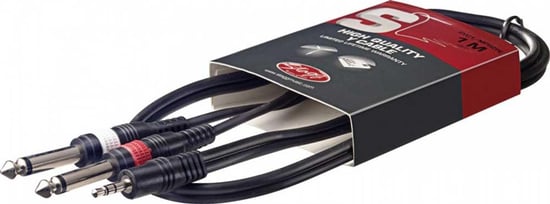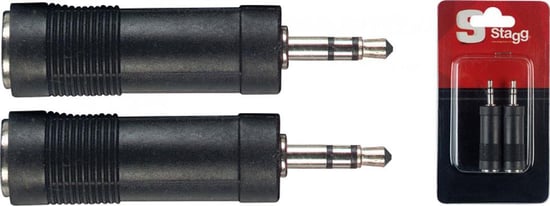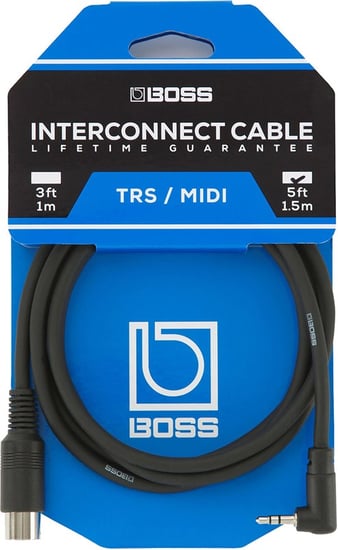Korg Volca Modular Syntheziser Overview
Korg Volca Modular
East Coast style modular synthesizer, with enhanced step sequencer
Creating new sounds that don’t exist in the outside world is an unending dream which has continued since the birth of electronic musical instruments. This dream has evolved and expanded throughout the development of new and unique music production devices.
The popularity of modular synthesizers around the world has generated new excitement and interest in the so-called "West Coast style" of synthesis that deviates from traditional synthesis norms.
The compact body of this
- Eight modules The volca modular is a semi-modular synthesizer consisting of independent analog synth modules, digital effects, and a sequencer. Each of the modules has been carefully selected for its stand-alone completeness. The modules are internally connected so that sound can be produced even before connecting the included pin cables, and the routing is shown by white lines on the panel. Module connections via a pin cable take priority over the internal connections, bypassing them.
- SOURCE: This consists of a triangle VCO carrier and a modulator. The complex overtones generated by FM modulation are sent through a wave folder circuit to add additional overtones, producing a distinctive sound. This module is important in determining the basic character of the sound of volca modular.
- FUNCTIONS: This section consists of two function (envelope) generators. In addition to an ADH generator with attack, hold, and release, there's a Rise-Fall generator, also known as a slope generator, which not only applies time-varying change to the sound but also lets you patch the end trigger out back into the trigger in as a loop, making it usable as a VCO or LFO.
- WOGGLE: This is a random signal generator containing a sample & hold circuit that uses pink noise as its source. Two outputs are provided, allowing it to output either stepped or smooth random noise.
- SPLIT: This module distributes one input to two outputs. It can also be used in the reverse direction, combining two control or audio signals into one.
- DUAL LPG: This consists of two low-pass gate circuits. Typical of the West Coast style of synthesis, the module packages a filter with an amp, allowing the brightness and volume of the sound to vary together.
- UTILITY: This is a mixing scaling module that combines two signals in various ways. It can mix not only audio signals but also control signals, as well as inverting or attenuating those signals.
- SPACE OUT: This is a stereo module that applies a reverb-like effect to the audio signal.
- SEQUENCE: This module is for connecting to the internal sequencer. You can set the tempo, and select different rhythm divisions to output via the gate counter.
- 1. Western Bongo
- A metallic percussion sound produced by FM modulation and a wave folder. This is a basic sound of the SOURCE module.
- 2. Random Release
- The release time of the ADH generator is varied randomly by sample & hold, applying an organic rhythm to the sequence.
- 3. Gate Math
- A gate counter of a different frequency is subtractively mixed. The UTILITY knob controls the amount of mix, varying the rhythm of the tonal change.
- 4. Polyrhythmic Duo
- The FM modulator is obtained as triangle wave audio, and by passing it through a low-pass gate function that is separate from the carrier, two types of phrases are layered polyrhythmically.
- 5. Generative
- The Rise-Fall generator is looped to create an LFO which modulates the pitch and cutoff. Since the speed of the LFO itself changes irregularly, a variety of tonal characters is produced.
- 6. Walking Bass
- A triangle wave with lowered pitch is sounded at a low rate by the gate counter. This causes the bass to be added to the main sequence just once every four steps.
- 7. Vibrato
- The LFO is used to minutely modulate the pitch of a triangle wave, letting you play a mellow-sounding lead that is reminiscent of solo strings.
- 8. Dubstep Bass
- The LFO modulates the cutoff of the low-pass gate, sounding an FM bass with a sense of movement. UTILITY and SPLIT are used to slow down the LFO as the pitch becomes lower.
























